During his many campaign rallies and speeches at college campuses across the country, President Obama has often talked up the government’s goal of providing ways to help make college more affordable for anyone who wants to go and the utmost importance of making student loan debt (now approaching a record total of $1 trillion, by the way) more manageable — which is precisely why it’s so off-putting when he then laments skyrocketing college tuition prices in the same speech. While there are certainly bureaucratic and institutional flaws that many universities could probably work on to help bring down tuition prices, the federal government has been actively engendering a higher-education bubble for years: When you put national policies in place that increase consumer demand for higher education, the price of higher education is going to go up, as any college student would hopefully learn in their Introduction to Economics class.
But with a now persistently awful youth unemployment rate (that recently broke the worst record since World War II) and declining median family incomes, it suddenly looks like more potential students and their parents are more carefully assessing whether such a huge investment in higher education is worth the risk. Decades of tuition increases may be winding down, according to a new survey by Moody’s Investors Service, as the waning demand for four-year college degrees saps a growing number of American colleges’ pricing power, reports the WSJ:
Facing stagnant family income, shaky job prospects for graduates and a smaller pool of high-school graduates, more schools are reining in tuition increases and giving out larger scholarships to attract students, Moody’s concluded in a report set to be released Thursday. …
For the fiscal year, which for most schools ends this June, 18% of 165 private universities and 15% of 127 public universities project a decline in net tuition revenue. That is a sharp rise from the estimated declines among 10% of the 152 private schools and 4% of the 105 public schools in fiscal 2012. …
Moody’s also attributed the enrollment decline at some public universities to a “heightened scrutiny of the value of higher education” after years of tuition increases and stagnating family income. The credit-rating firm said in its report that more students are “increasingly attending more affordable community colleges, studying part time, or electing to enter the workforce without the benefit of a college education.” …
In short, the federal government has been handing out easily attainable subsidies with which people have been acquiring degrees for which the post-college job world does not necessarily harbor a high demand, directly helping to jack up tuition rates; and in current conjunction with the less-than-robust Obama economy of high unemployment and declining wealth, enrollment is now on the decline — which means pretty big financial troubles may be in store for higher ed. This new normal might mean a huge readjustment is in the works in the secondary-education world, including a downshift from four-year liberal-arts degrees and an increase in online classes and vocational training, but kind of funny how these liberal policies so often accomplish the opposite of their intent, isn’t it?

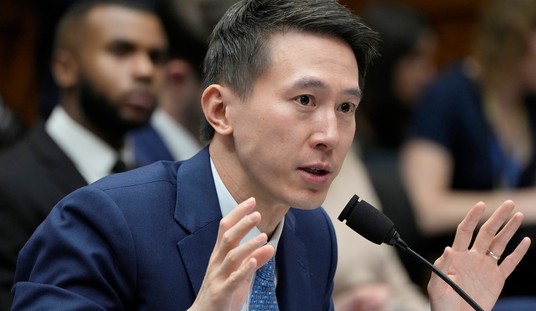
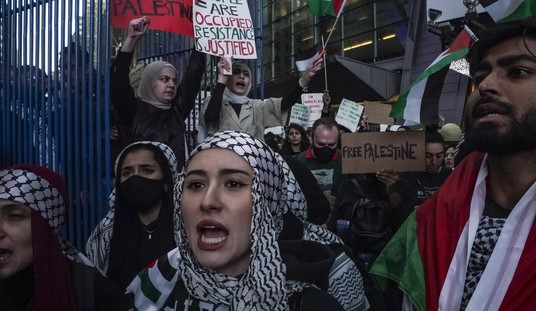
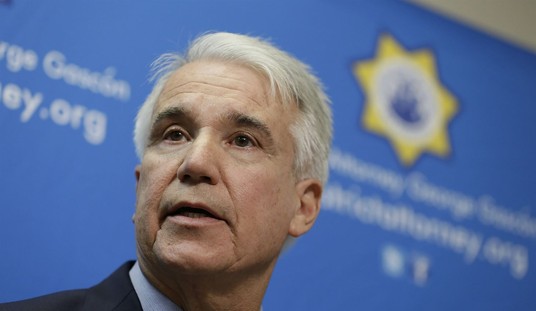


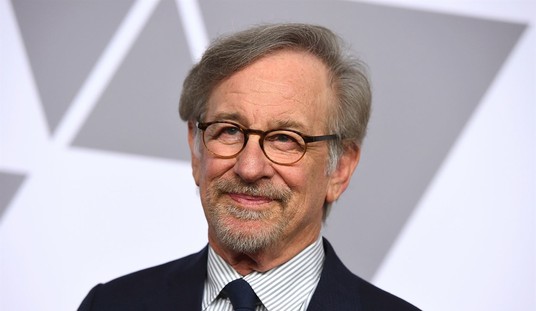
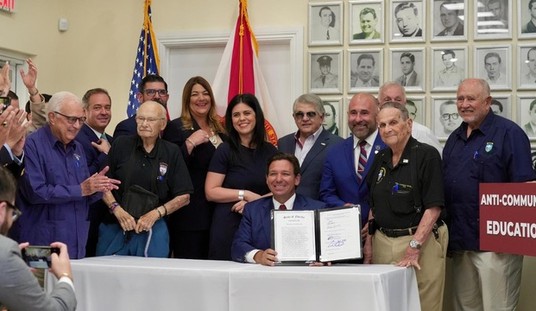
Join the conversation as a VIP Member